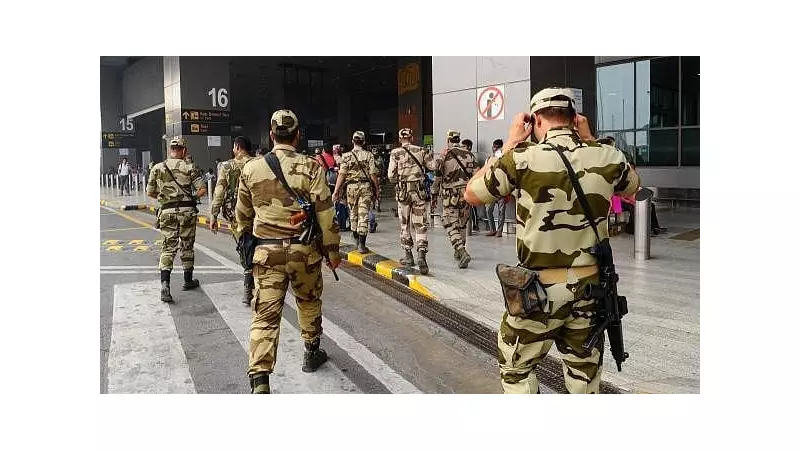
In a significant move to strengthen maritime security infrastructure, the Indian government has designated the Central Industrial Security Force (CISF) as the primary security organization responsible for protecting the country's extensive network of seaports. This landmark decision covers all 250 seaports across India's coastline, marking a major shift in the nation's port security framework.
Unified Security Command for Maritime Infrastructure
The government's decision establishes CISF as the main security organization that will oversee and coordinate all security operations at India's seaports. This move comes as part of a comprehensive strategy to create a standardized security protocol across all maritime facilities in the country. The CISF will now be responsible for implementing consistent security measures, conducting regular threat assessments, and ensuring that all ports adhere to international security standards.
This centralized approach replaces the previous system where security arrangements varied significantly between different ports. The unification under CISF command is expected to enhance coordination between various security agencies operating in maritime zones and streamline emergency response protocols during security threats or crisis situations.
Enhanced Protection for Critical Trade Gateways
India's 250 seaports handle the majority of the country's international trade, making them critical infrastructure for the nation's economic security. The appointment of CISF as the lead security agency reflects the government's recognition of the strategic importance of these facilities. The force will now be tasked with protecting vital trade routes and ensuring the smooth operation of commercial activities that contribute significantly to India's economy.
The CISF brings its extensive experience in industrial security to this new role, having previously secured other critical infrastructure including airports, nuclear facilities, and government buildings. Their expertise in access control, perimeter security, and surveillance technology will be crucial in addressing the unique security challenges faced by maritime facilities.
This decision also involves the integration of advanced security technologies and surveillance systems across all port facilities. The CISF will implement standardized security protocols that include biometric access controls, automated screening systems, and coordinated patrol mechanisms both on land and in coastal waters adjacent to port areas.
National Security Implications and Future Preparedness
The government's move represents a significant enhancement of India's maritime security preparedness at a time when global trade routes face increasing security challenges. By placing all seaports under the professional management of CISF, India aims to create a robust security umbrella that can effectively respond to emerging threats including terrorism, smuggling, and other illegal activities that might exploit maritime routes.
This strategic decision also facilitates better intelligence sharing between port security forces and other national security agencies. The standardized security framework will enable more efficient monitoring of vessel movements, cargo screening, and personnel verification processes across all Indian seaports.
The implementation of this new security architecture is expected to occur in phases, with the CISF developing customized security plans for each port based on its specific risk profile, traffic volume, and strategic importance. This tailored approach ensures that high-risk facilities receive appropriate security resources while maintaining operational efficiency at all locations.
This landmark security reorganization underscores the government's commitment to safeguarding India's economic assets and strengthening the country's position as a reliable global trading partner with secure and efficient port operations.





